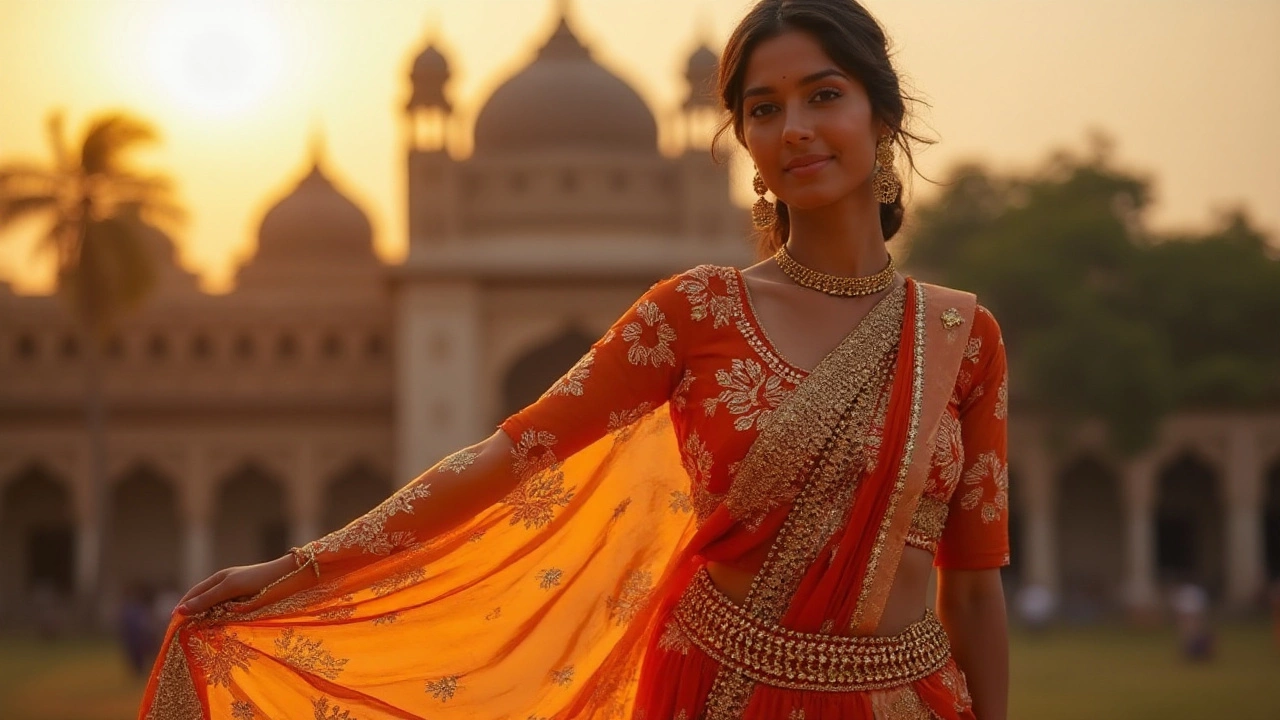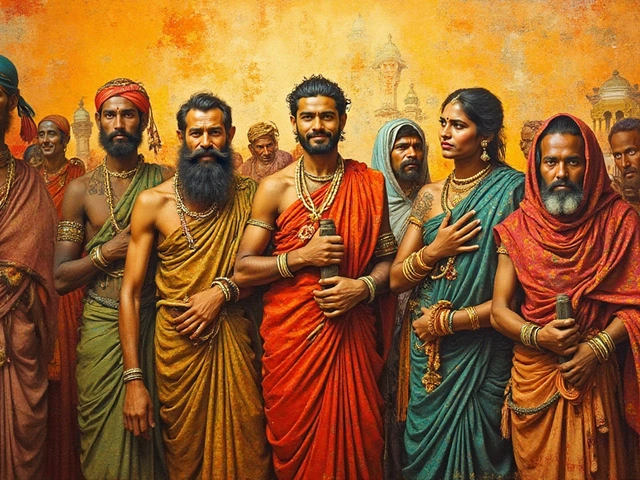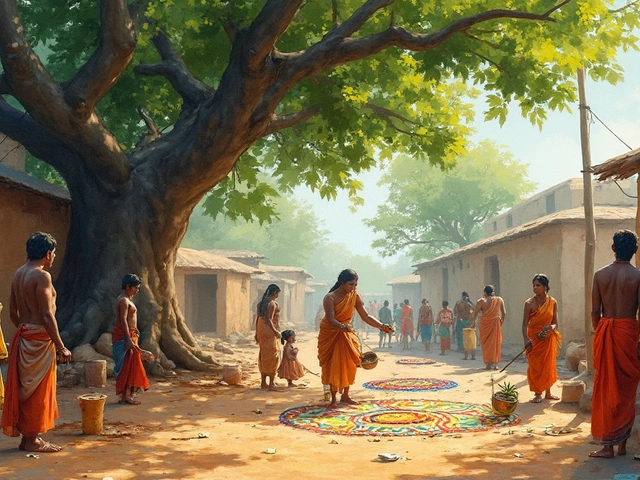Salwar Kameez: The Timeless Indian Outfit and Its Cultural Roots
When you think of Salwar Kameez, a two-piece traditional Indian outfit consisting of loose trousers and a long tunic, often paired with a dupatta. Also known as Punjabi suit, it’s one of the most widely worn garments by women across India, from rural villages to city offices. It’s not just clothing—it’s a statement of identity, comfort, and heritage. Unlike stiff Western dresses, the Salwar Kameez moves with you. It’s breathable in summer, warm in winter, and easy to wear for hours without feeling restricted. You’ll see it on grandmothers in villages, young professionals in Delhi, and brides at weddings in Punjab—all wearing the same basic design, but each making it their own.
This outfit doesn’t come from one place. It evolved through centuries of trade, conquest, and cultural exchange. The loose salwar, baggy trousers that taper at the ankles likely came from Central Asia, brought over by Mughal rulers. The kameez, a long tunic that can be short or floor-length, often embroidered or printed developed locally, blending Persian silhouettes with Indian embroidery styles. And the dupatta, a long scarf draped over the shoulders or head? That’s pure Indian grace—used to cover the head in religious spaces, to add color to an outfit, or just to stay warm on a chilly morning. Together, these three pieces form a system that adapts to climate, religion, and personal style.
What makes the Salwar Kameez so powerful is how it survives modern trends. While jeans and t-shirts flood the market, millions still choose this outfit daily—not because they have to, but because they want to. In South India, you’ll find lighter cotton versions with minimal embroidery. In the North, heavy silk and zari work turn it into wedding wear. In cities like Mumbai and Bangalore, designers are mixing it with crop tops, jackets, and even sneakers. It’s not stuck in the past—it’s rewriting itself. And that’s why you’ll find articles here about how it’s worn at weddings, how it compares to other Indian outfits like the saree, and why some women say it gives them more freedom than any Western dress ever could.
What you’ll find below isn’t just a list of articles—it’s a collection of real stories about how this one outfit connects people across India. From dress codes at religious sites to how it’s passed down from mother to daughter, these pieces show you the quiet power of tradition in everyday life.





